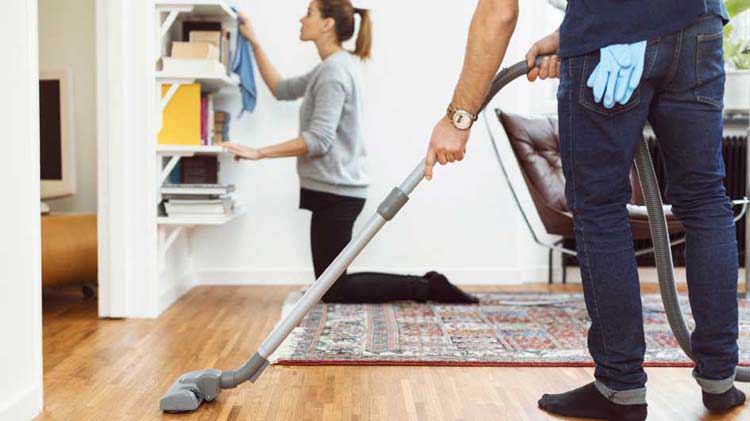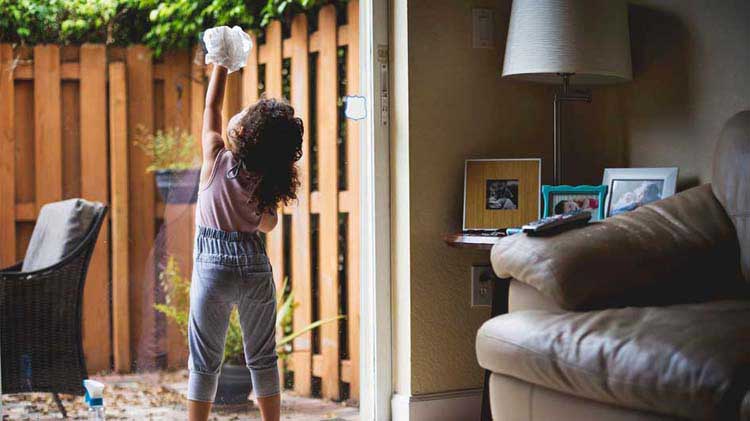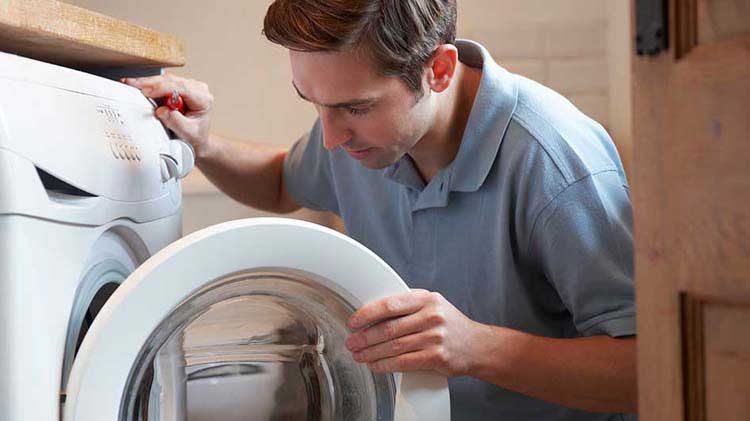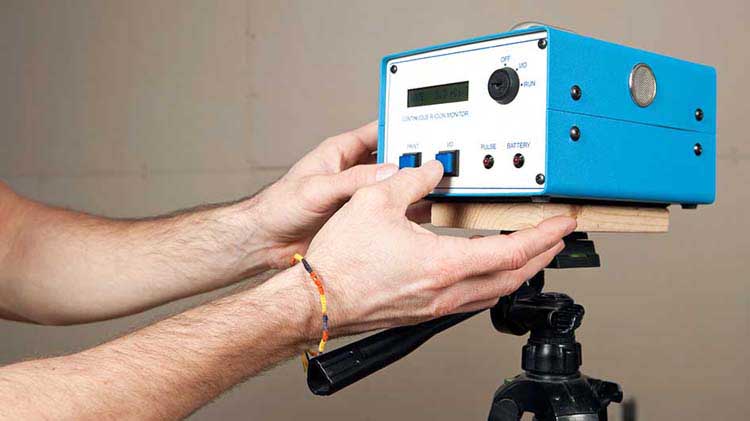Getting rid of dust in your house
House dust can make asthma and allergy sufferers uncomfortable. Discover tips to help reduce or eliminate dust in your home.
Dust in your home is more than a minor nuisance — inhaling dust can trigger allergy and asthma symptoms. Learn ways to get rid of dust in your house to help everyone breathe easier.
Start with the basics: Dust your surfaces often
Try these helpful tips when dusting the various surfaces in your home:
- Use the right cleaning tools. Avoid feather dusters and dry rags, which spread dust particles instead of capturing them.
- If you dust regularly, a fiber duster allows you to easily pick up the thin, almost invisible layer of dust that accumulates on most surfaces.
- If dust has built up, consider using a microfiber cloth. Microfiber cloths have an electrostatic charge that attracts dust.
- For thick layers of house dust, a damp cloth works best. The damp cloth collects the dust so it doesn't fly up into the air while you are cleaning.
- To reach into tight spots, Q-tips or a small, clean paint brush allows you to get into any cracks in the furniture.
- Declutter before dusting. More clutter equals more dust. Reducing home clutter will help make cleaning and dusting easier since there will be less things to move around.
- Dust from top to bottom. This makes it easier to collect the loose dust that floats down. Also consider moving around the room in a circular pattern. Use a damp cloth to clean:
- Ceiling fans
- Tops of cabinets and ledges
- Vents
- Walls
- Windows and seals
- Baseboards
- Remove dust from household electronics. A microfiber cloth will usually do the job. Be sure to vacuum the dust from around the cords, vents or fans to help reduce the chance of overheating.
- Finish with a polish. Using a clean rag to apply the polish for a shine to your furniture. But be careful of applying it to glossy finishes as it might add a film that is hard to remove.
And remember, dust the little things. Decorations, picture frames, artificial flowers, tops of books and knickknacks gather dust as well. Move them aside to dust underneath. And before you put them back, wipe them down or rinse them off.
Reduce the dust in the air to help increase the air quality
Regularly dusting can help improve indoor air quality and overall respiratory health. In addition to dusting, try these tips:
- Change the furnace filter. Performing this task every few months can help combat house dust as well as increase the efficiency of the furnace. Try using pleated or electrostatic filters which are more effective at trapping dust instead of fiberglass filters.
- Clean exhaust fans. Exhaust fans accumulate dust as they are used. Vacuum them with a soft brush or, with the fan running, use a can of compressed air to clean the exhaust faceplate.
- Install high-efficiency particle arrestance (HEPA) air filters. To help improve your overall indoor air quality, install a HEPA air purifier or add a HEPA filter to your vacuum. These filters effectively capture microscopic particles such as dust mites and pet dander.
- Consider adding indoor plants. While no definitive tests have been performed, researchers do believe plants are an effective "air purifier" that help reduce the amount of dust in your home.
- Utilize an air purifier. Ionic purifiers can help capture irritants and dust to help reduce indoor allergens in your main living spaces.
- Close windows on windy days. Dust can enter through windows and doors and may bring in pollutants, mold and pollen.
Don't forget about fabric surfaces collecting dust
Follow these tips to tackle house dust where it accumulates most — on fabric surfaces.
- Use pull-down shades rather than blinds or fabric curtains.
- Change and wash your bedding weekly and take your pillows outside to shake them like you would a rug.
- Eliminate upholstery dust by choosing leather, wood or vinyl-covered furniture.
- Try to launder any machine-washable drapes and curtains at least once or twice a year.
- Consider carpet alternatives like wood and tile for your flooring. If you want carpet, look for low-pile carpet options and washable rugs.
- Store unused clothes and other textiles in boxes or bags, rather than out in the open.
- Vacuum at least once a week — twice a week on high-traffic areas, regardless of the type of flooring.
- Shake out and beat large rugs and cushions with a broom or tennis racket outside.




